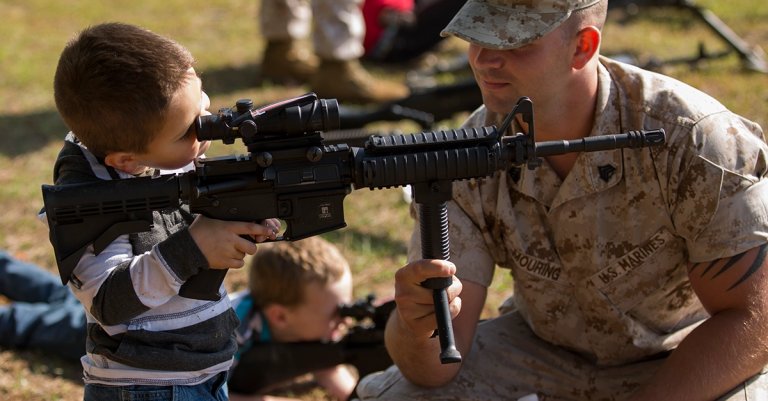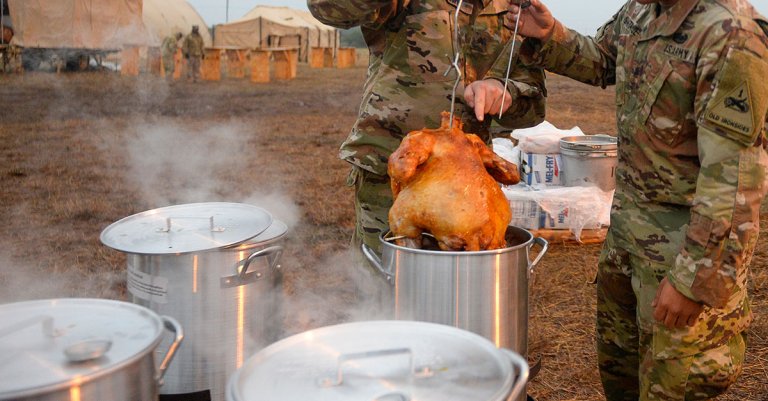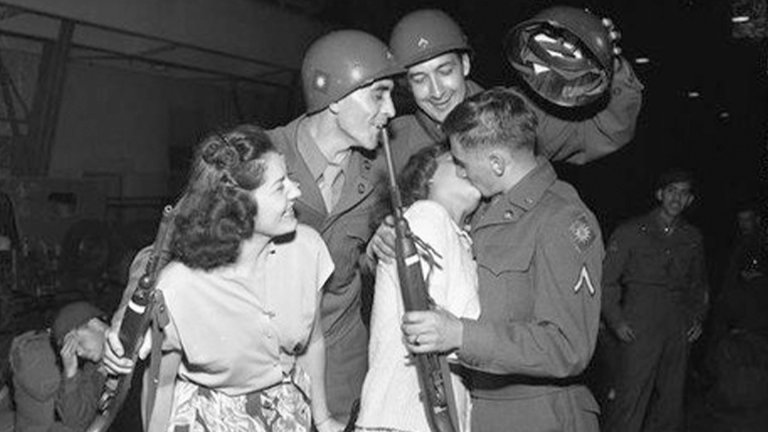

Kilroy, the bald guy with the long nose hanging over a wall, may be the world’s first viral meme. While it didn’t originate with U.S. servicemen in World War II, it resonated with them. And Kilroy has had staying power all over the world, well after the war ended.
The graffiti originated with a British doodle called “Mr. Chad,” who commented on rationing and shortages during the war. Often accompanied by the phrase “Wot? No Sugar”, “Wot? No engines?”, or anything decrying the lack of supplies in Britain at the time.
“Eventually,” etymologist Eric Shackle writes, “the spirit of Allied unity merged, with the British drawing appearing over the American phrase.”

The little graffiti doodle became a national joke. GIs and civilians alike would compete to draw “Kilroy was here” in the most remote, obscure places. “Kilroy was here” suddenly appeared on the torch of the Statue of Liberty, the Arc de Triomphe in Paris, the Marco Polo Bridge in China, a girder on the George Washington Bridge in New York, and even the bellies of pregnant women in hospitals.

Kilroy – the name, not the person – is widely considered to originate from J.J. Kilroy, a welding inspector at the Bethlehem Steel Shipyards in Quincy, Massachusetts. The New York Times told the story of how Kilroy, tired of co-workers claiming he didn’t inspect their work, began writing “Kilroy was here” with a crayon, instead of making the usual chalk mark.
When these ships came in for repairs in worldwide ports, wartime workers would open sealed compartments to find the doodle. These random appearances would be a fantastic feat from the repair crews’ perspective, since no one would have been able to access those areas.
For years, rumors and theories abounded about the origin of the name. In 1946, the American Transit Association held a contest, offering a full-size streetcar to anyone who could prove they were the real Kilroy. J.J. Kilroy entered and corroborated his story with other shipyard workers.
The ATA sent the trolley to Kilroy’s house in Halifax, Mass., where he attached the 12-ton car to his home and used it as living space for his nine children.






